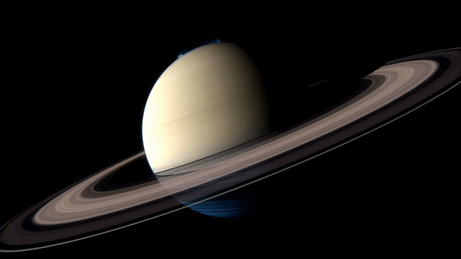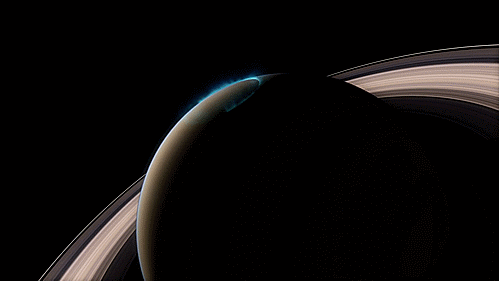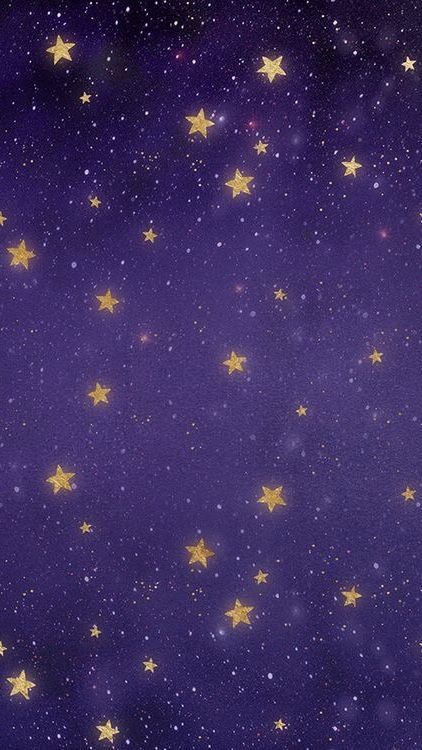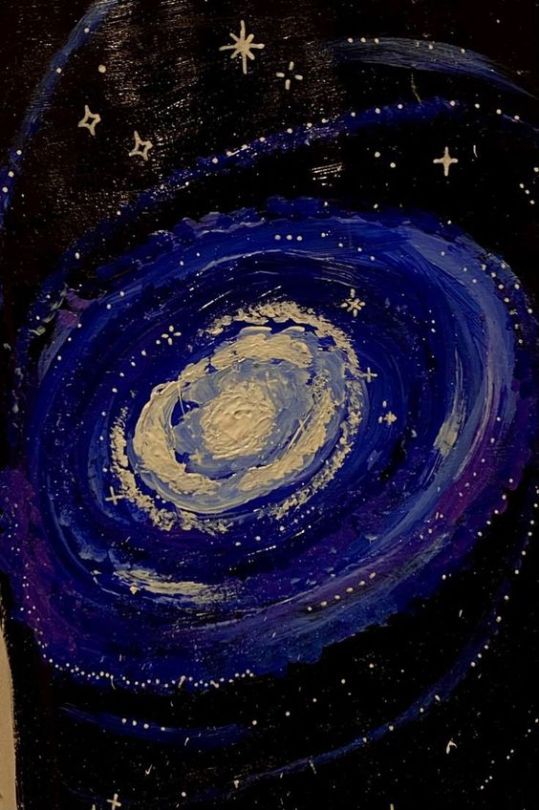Latest Posts by koba-san - Page 4



— muu kusunoki graphics
-> requested by: @tomoriin
[ rb + credit if using ]
stills:










deep cover mv layouts!
(credit is not needed, but appreciated)


working in space (x)

This new image of NGC 2264, also known as the “Christmas Tree Cluster,” shows the shape of a cosmic tree with the glow of stellar lights. NGC 2264 is, in fact, a cluster of young stars — with ages between about one and five million years old — in our Milky Way about 2,500 light-years away from Earth. The stars in NGC 2264 are both smaller and larger than the Sun, ranging from some with less than a tenth the mass of the Sun to others containing about seven solar masses.
Credit: NASA


This animation shows the fluttering aurorae that light up both of Saturn’s poles. Created by the interaction of the solar wind with the planet’s magnetic field, Saturn’s aurorae are analogous to the more familiar northern and southern light on Earth.
Credit: ESA/Hubble (M. Kornmesser & L. Calçada)


Coronal mass ejection
A coronal mass ejection (CME) is a significant release of plasma and magnetic field from the solar corona. They often follow solar flares and are normally present during a solar prominence eruption. The plasma is released into the solar wind, and can be observed in coronagraph imagery.
Coronal mass ejections are often associated with other forms of solar activity, but a broadly accepted theoretical understanding of these relationships has not been established. CMEs most often originate from active regions on the Sun’s surface, such as groupings of sunspots associated with frequent flares. Near solar maxima, the Sun produces about three CMEs every day, whereas near solar minima, there is about one CME every five days.

Coronal mass ejections release large quantities of matter and electromagnetic radiation into space above the Sun’s surface, either near the corona (sometimes called a solar prominence), or farther into the planetary system, or beyond (interplanetary CME). The ejected material is a magnetized plasma consisting primarily of electrons and protons. While solar flares are very fast (being electromagnetic radiation), CMEs are relatively slow.
Coronal mass ejections are associated with enormous changes and disturbances in the coronal magnetic field. They are usually observed with a white-light coronagraph.
Impact on Earth
When the ejection is directed towards Earth and reaches it as an interplanetary CME (ICME), the shock wave of traveling mass causes a geomagnetic storm that may disrupt Earth’s magnetosphere, compressing it on the day side and extending the night-side magnetic tail. When the magnetosphere reconnects on the nightside, it releases power on the order of terawatt scale, which is directed back toward Earth’s upper atmosphere.

Solar energetic particles can cause particularly strong aurorae in large regions around Earth’s magnetic poles. These are also known as the Northern Lights (aurora borealis) in the northern hemisphere, and the Southern Lights (aurora australis) in the southern hemisphere.

Coronal mass ejections, along with solar flares of other origin, can disrupt radio transmissions and cause damage to satellites and electrical transmission line facilities, resulting in potentially massive and long-lasting power outages.
To learn more, click here.
Image credit: Alex Conu
Animation: Science Channel & NASA/Goddard

Created by : ☆nyoro☆ Respective credits to the creator ⓟⒶⓇⒶⒹⒾⓈⒺ♡ⓎⓊⓇⒾ



Ermine l markian.b l Haines Alaska

Created by : ☆アズモン☆ Respective credits to the creator ⓟⒶⓇⒶⒹⒾⓈⒺ♡ⓎⓊⓇⒾ


Northern Lights over Stonehenge UK


ꕥ RAE ♡ CLAIRE ꕥ
▷ I'm in Love with the Villainess▹Our Paradise
“You need someone that loves your soul more than your body”
— Unknown






































































